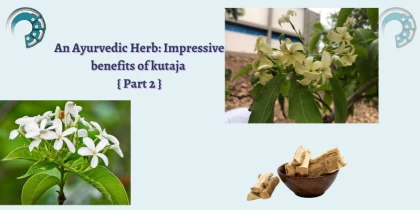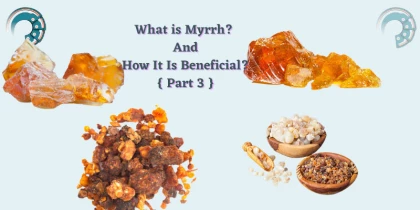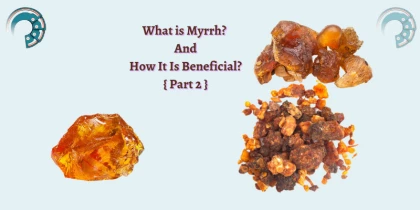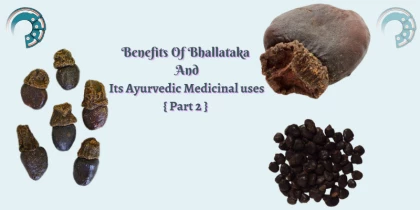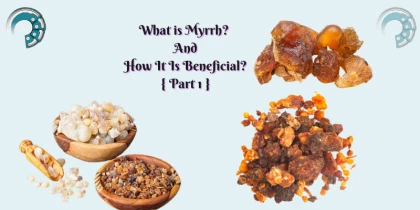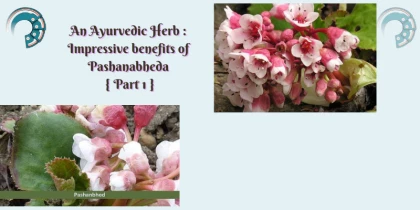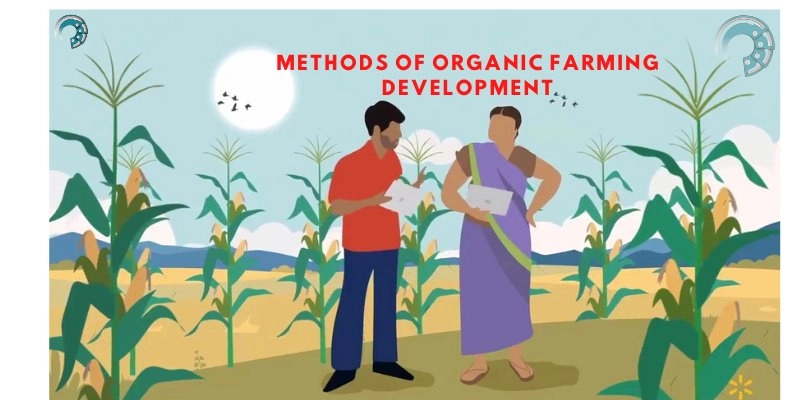
Methods Of Organic Farming Development
Although organic food production began as an alternative farming method outside the mainstream, it eventually became divided into two distinct paths 1. small-scale farms that may not be formally certified organic and thus depend on informed consumers who seek out local, fresh, organically grown foods and 2. large-scale certified organic food (fresh and processed) that is typically transported large distances and is distributed through typical grocery store chains.
If consumers know their local farmer and trust the farmer’s production methods, they may not demand a certification label. On the other hand, organic food produced far away and shipped is more  likely to require a certification label to promote consumer trust and prevent fraud, which exemplifies how national certification regulations are most beneficial.
likely to require a certification label to promote consumer trust and prevent fraud, which exemplifies how national certification regulations are most beneficial.
A regulatory framework is most important when consumers and farmers are geographically separated, and such a framework is likely to cater to larger-scale producers who participate in a more industrial system. This regulatory approach does not necessarily match consumers’ assumptions about organic food production, which typically include images of small family farms and the humane treatment of animals.
In general, regulations surrounding organic food do not address more complex social concerns about family farms, farmworker wages, or farm size, and organic policy in some places does little to address animal welfare.
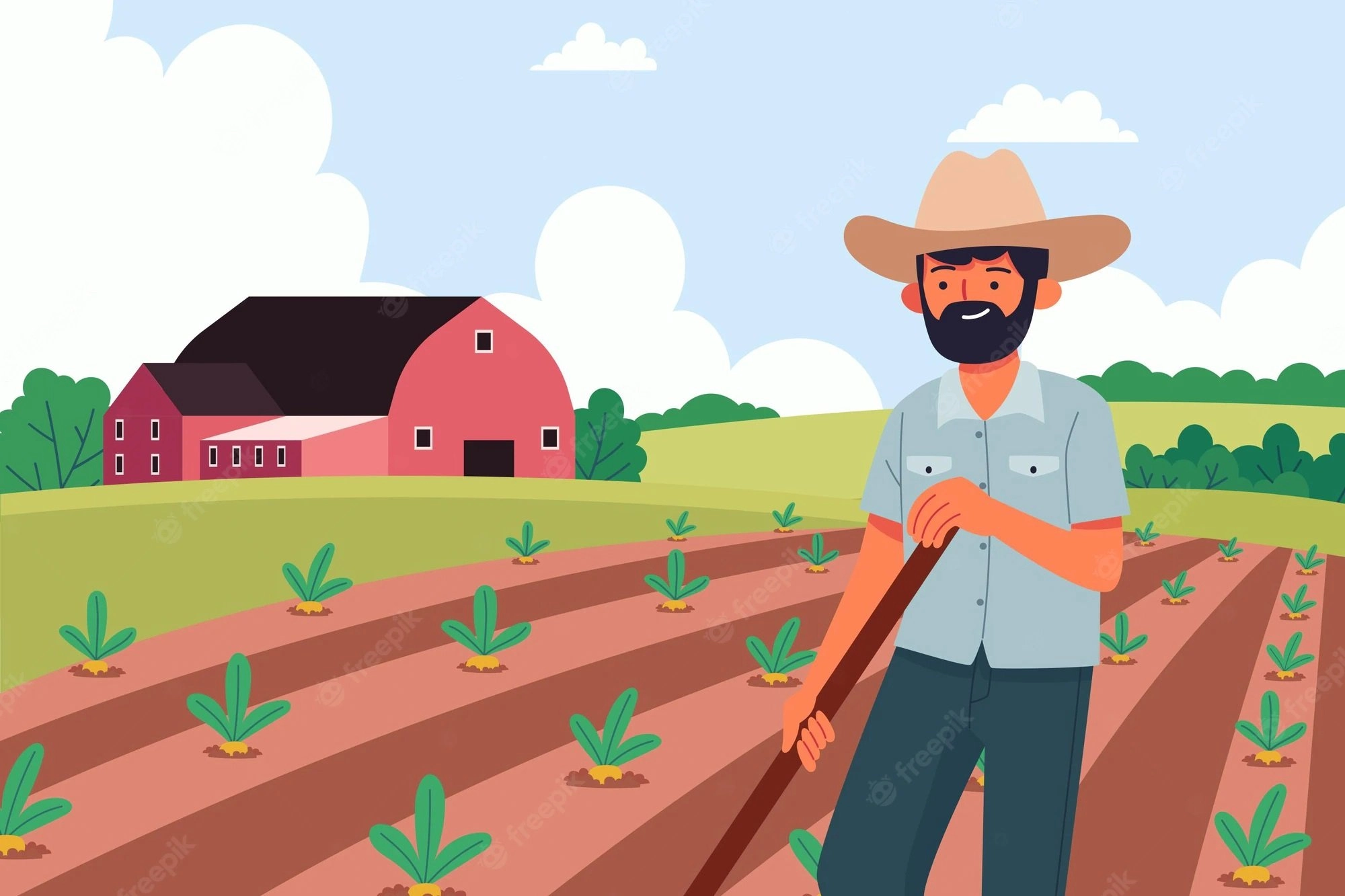 The overall impacts of organic agriculture are beneficial to the environment. Certified organic production methods prohibit the use of synthetic fertilizers and pesticides, thus reducing chemical runoff and the pollution of soils and watersheds. Smaller-scale organic farming often is associated with significant environmental benefits, owing to the use of on-farm inputs, such as fertilizer derived from compost created on-site. By comparison, large-scale organic farms often require inputs generated off-site and may not employ integrated farming methods.
The overall impacts of organic agriculture are beneficial to the environment. Certified organic production methods prohibit the use of synthetic fertilizers and pesticides, thus reducing chemical runoff and the pollution of soils and watersheds. Smaller-scale organic farming often is associated with significant environmental benefits, owing to the use of on-farm inputs, such as fertilizer derived from compost created on-site. By comparison, large-scale organic farms often require inputs generated off-site and may not employ integrated farming methods.
These operations may buy specific allowable inputs, such as fish emulsion or blood meal to use as fertilizer rather than working within the farm to increase soil fertility. While this decrease in synthetic chemical use benefits the environment compared with industrial agriculture, these methods may not promote long-term sustainability, since off-farm inputs usually require greater fossil fuel use than on-farm inputs.
social concerns related to organic food include higher costs to consumers and geographic variations in demand. Organic food usually is more expensive for consumers than conventionally produced food because of its more labor-intensive methods, the costs of certification, and the decreased reliance on chemicals to prop up crop yields.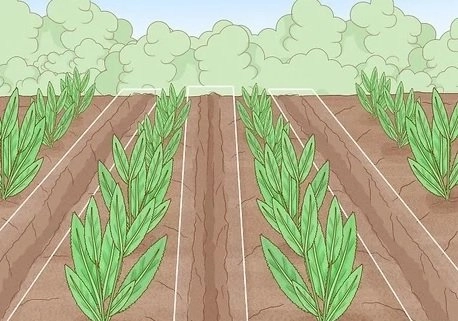
This often translates into unequal access to organic food. Research indicates that greater wealth and education levels are correlated with organic food purchases. Further, there are trends in some lower-income countries to produce certified organic crops solely for export to wealthier countries.
This sometimes generates a situation in which the farmers themselves cannot afford to buy the organic foods they are producing. While this strategy may bring economic gain in the short term, it is a concern when farmers are forced out of producing food crops that feed their local communities, thus increasing food insecurity.
Overall, organic food has grown in popularity, as consumers have increasingly sought and purchased foods that they perceive as being healthier and grown in ways that benefit the environment. Indeed, consumers typically buy organic food to reduce their exposure to pesticide residues and GMOs. Further, some research shows that organically produced crops have higher nutritional content than comparable nonorganic crops, and some people find organic foods to be tastier. The question remains, however, whether organic food shipped in from across the globe is truly a sustainable method of food production.



